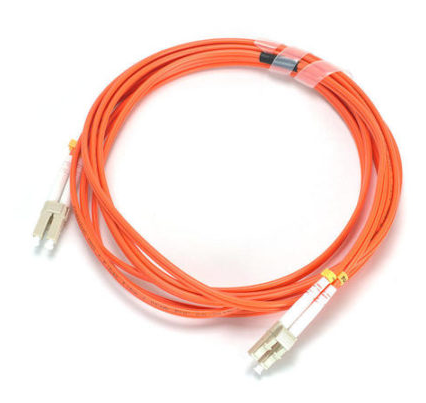Oufu Optical Fiber Cable Co.,Ltd
Address: Shenyang, Liaoning, China
Contact person: Manager Zhang
Phone: 400-964-1314
Mobile phone: +86 13904053308
【whatsapp && wechat】
2024-06-11 1115
OM1 Fiber: Latest Technological Developments and Emerging Trendswww.adsscable.cn
In the ever-evolving world of fiber optics, OM1 fiber continues to play a crucial role in short-distance data transmission applications. As the earliest type of multimode fiber, OM1 has undergone significant research and development to enhance its performance and adapt to modern networking needs. This article explores the latest technological developments and emerging trends surrounding OM1 fiber.www.adsscable.cn

Core Characteristics and Applications
OM1 fiber is characterized by its large core diameter of 62.5 micrometers, enabling it to transmit multiple modes of light. This feature makes OM1 fiber suitable for short-distance transmission applications, such as within buildings or local area networks (LANs). Despite its lower bandwidth compared to newer fiber standards, OM1 remains a popular choice due to its cost-effectiveness and sufficient performance for many applications.
Latest Technological Developments
While OM1 fiber remains a mature technology, recent research and development have focused on enhancing its performance and extending its applicability. Here are some of the latest advancements:
Improved Bandwidth and Transmission Distance:
While OM1 fiber is traditionally associated with lower bandwidth, recent research has focused on improving its transmission capacity. By optimizing the fiber design and using advanced modulation techniques, researchers have achieved significant gains in bandwidth, enabling OM1 fibers to support higher data rates over longer distances.
www.adsscable.cn
Enhanced Optical Performance:
The optical performance of OM1 fiber has also been enhanced through the use of advanced optical coatings and materials. These innovations help reduce attenuation and dispersion, improving the overall transmission quality of OM1 fibers.
Compatibility with Newer Standards:
As network technologies continue to evolve, OM1 fiber is being adapted to maintain compatibility with newer standards. This includes the development of hybrid solutions that combine OM1 fiber with more advanced fiber types, such as OM3 or OM4, to provide optimal performance across different network segments.
Emerging Trends
As the demand for high-speed data transmission continues to grow, OM1 fiber is evolving to meet the challenges of modern networks. Here are some emerging trends in OM1 fiber technology:
Integration with Intelligent Networks:
OM1 fiber is being integrated into intelligent network architectures that leverage software-defined networking (SDN) and network function virtualization (NFV) technologies. This integration enables OM1 fibers to provide dynamic and flexible connectivity, supporting the dynamic allocation of network resources and improving overall network efficiency.
Cost-Effective Solutions for Entry-Level Applications:
OM1 fiber remains a cost-effective solution for entry-level and budget-conscious applications. As networks continue to expand and penetrate new markets, OM1 fiber offers a reliable and affordable option for short-distance transmission needs.
Sustainability and Environmental Considerations:
As environmental concerns become increasingly important, OM1 fiber is being developed with sustainability in mind. This includes the use of eco-friendly materials and manufacturing processes, as well as the development of recycling and reuse programs for fiber optic cables.
In conclusion, OM1 fiber continues to evolve and adapt to meet the challenges of modern networks. While newer fiber standards offer higher bandwidth and performance, OM1 fiber remains a viable option for short-distance transmission applications due to its cost-effectiveness and sufficient performance. With the latest technological developments and emerging trends, OM1 fiber is poised to play a crucial role in the future of fiber optic communications.